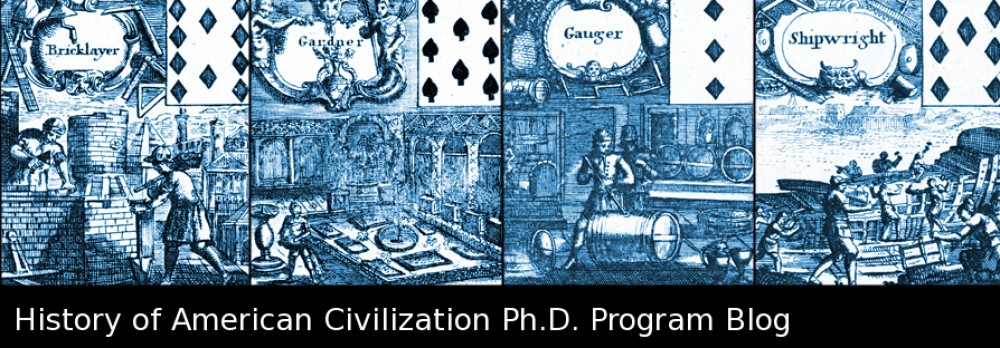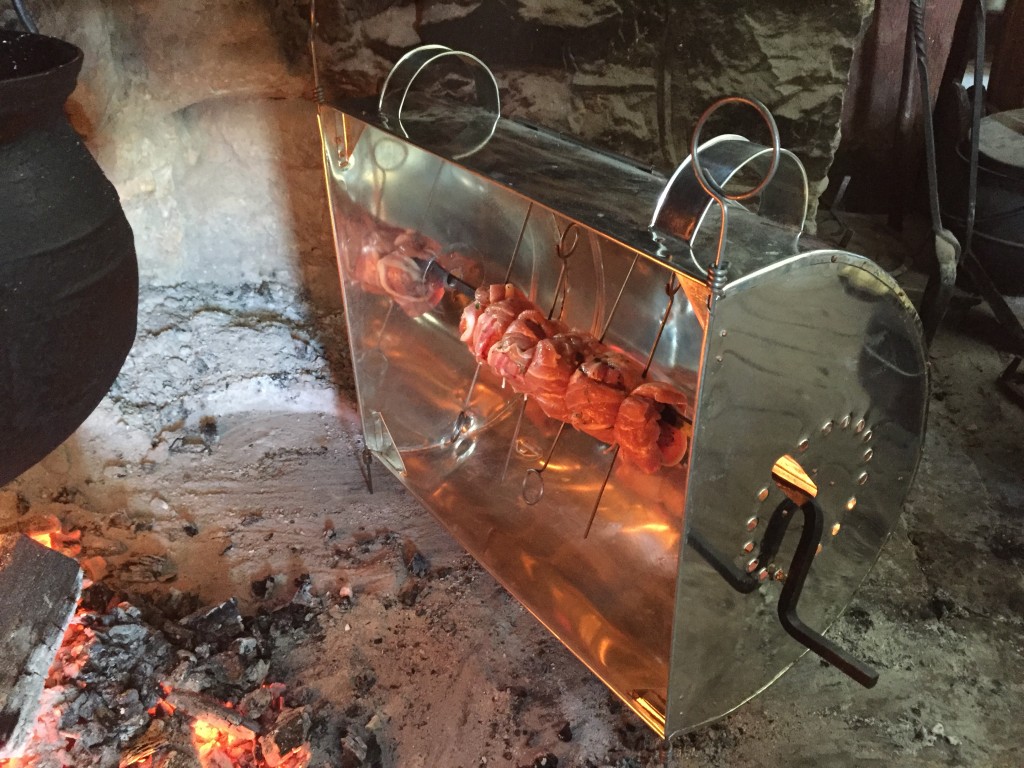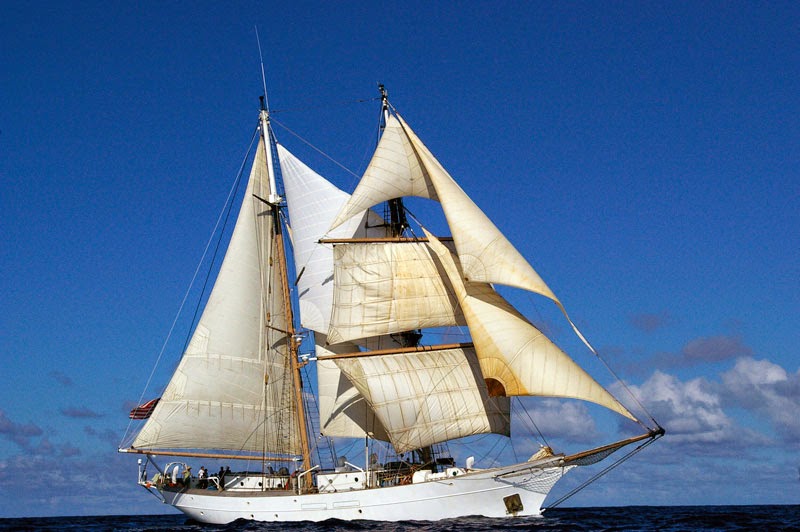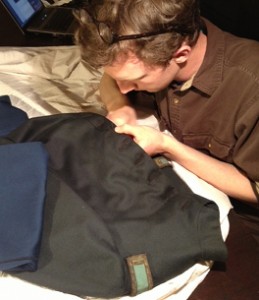Watching intently as the workshop leaders shuffled hot embers from the front to the back of the hearth at an introductory hearth cooking workshop I took at Landis Valley Village & Farm Museum yesterday, I wondered whether I would have a chance to probe and prod meat again as it simmered and stewed over the fire. The first time I wielded a spatula was earlier that morning when I was directed to flip the meatballs. After accomplishing that mission, I stepped back to help chop and mix up turnips, onions, parsley, and butter. Lots of butter.

Nicole flipping meatballs over an open hearth (a 1930s-era reconstruction) at Landis Valley, February 2015
As a historian of the material culture of everyday life of early America, I spend a lot of time in museum collections and archives. As a result, I know how all this stuff works in theory. I’ve read countless historic recipes and walked past more hearths in historic houses (usually over-accessorized) that I can count. I’ve also seen cooking over a fire demonstrated in a variety of reputable historic sites and houses.
I love my work.
But I registered for the workshop to expand how I learn about and interpret the past. In other words, to bring my interpretative powers up to the next level, I knew I needed to get some time in front of the fire and to dedicate more time overall doing living history. When I say “living history,” I mean what museum and cultural heritage professionals refer to as practicing or enacting activities of the past (such as sewing, fighting, or just passing time at home), often wearing clothing from that period also. Some better-known historic sites that incorporate living history into their visitor experience include Colonial Williamsburg and Plimoth Plantation, but there are plenty more fine examples out there. As living history professionals and hobbyists and experimental archaeologists (or any teacher, really) will tell you, doing is knowing. And I want to do more doing.
Why bother?
I wanted to learn if you really could cook a chicken over hot coals in time to have it for dinner (yes!) and how to manipulate the cooking equipment to make food cook faster or slower (it’s complicated).
But I also learned things that will add subtlety to my understanding of the past I probably could not have learned any other way. I learned, for instance, that when you bend over a pot you have to battle your own shadow to see inside whether the lamb is still red. I learned what food tastes like if you get it too close to the embers. I also learned why any sort of warming plate, tray, or cabinet you find in any number of museum collections would have been desirable given how darn cold once warm and toasty chicken gets if it’s been sitting to the side of the hearth while you’ve been baking potato rolls, sautéing mushrooms, and roasting pork-wrapped bacon in a tin reflector oven.
I did something! I know more now.
What I didn’t expect to learn was how much of a twenty-first century person I really am. But that’s exactly what happened. As I was minding the lamb in the small cauldron, flipping it periodically to sear it before we threw it into a pot with veggies to make a stew, I accidentally catapulted a chunk of lamb into the fiery embers.
My heart stopped.
“Oh, no!” I gasped with genuine worry as I watched the cube of lamb become a red fireball, indistinguishable from the surrounding coals.
I panicked, just like I do at home when I drop something on a stove burner. I looked around desperately for help. How would I get a burning piece of meat out of the fire? It’s going to smell terribly! Won’t it set off a fire alarm?
I was surprised that in the midst of my horror, everyone was standing calmly behind me. Most were chuckling.
Of course they were. We already have a fire. A big one. In the hearth. I wasn’t making it any worse.
“We’ll just scoop it up,” the Marsha Houston the instructor explained. “Don’t worry about it!”
Right. We’ll just scoop it up. Of course!
I apologized profusely. But I don’t think I was really apologizing for losing a nice piece of meat or even for Marsha having to move it aside. I think I was apologizing for caring so much. In this context, dropping a piece of meat onto a cooking surface wasn’t a big deal. In the space of just a few moments, I had found the gap between my pre-industrial self and my twenty-first century self. And it was a large one. Yes, doing is knowing.
Change over time was never so apparent.
Further Reading and Doing
There are lots of books that the history of domestic life and kitchens. I will list just one here that focuses on kitchen spaces. Nancy Carlisle and Melinda Talbot Nasardinov with Jennifer Pustz, America’s Kitchens (Boston: Historic New England, 2008).
Many museums and historic sites around the country host single- and multi-day hearth cooking workshops. See, for example, Old Sturbridge Village, Genesee Country Village and Museum, Historic Deerfield, and Old Salem Museum & Gardens. Investigate museums in your area and find your own adventure! If you’ve participated in a historic foldaways workshop you particularly liked, let me know.
You can also pay visits to many wonderfully intact historic kitchens at historic sites. In this area, check out The Woodlands in Philadelphia (circa 1786) or The George Read House and Gardens (1803-1805) in New Castle, Delaware. Do you have a favorite?
If you want to learn and talk about about historic foldaways with members from the Philadelphia region, follow Cliveden’s Kitchen Conversations programming.
About the author: Nicole Belolan is a Ph.D. Candidate in the History of American Civilization program at the University of Delaware. She is writing a dissertation about the material culture of physical disability in early America.This blog post was originally published at her professional web site. Nicole tweets @nicolebelolan.





.JPG&container=blogger&gadget=a&rewriteMime=image%2F*)













.JPG&container=blogger&gadget=a&rewriteMime=image%2F*)
.JPG&container=blogger&gadget=a&rewriteMime=image%2F*)



